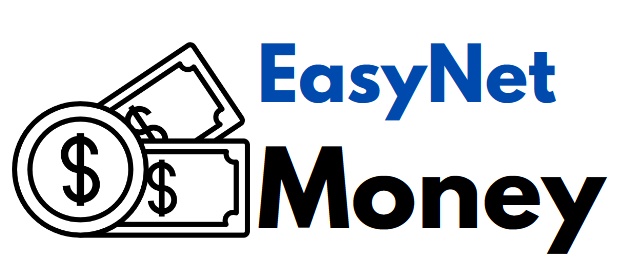According to most economists, the US Federal Reserve is expected to deliver an interest rate hike of 25 basis points in each of its two policy meetings scheduled for the first quarter of this year.
They believe that the Fed will hold the interest rates steady after delivering the two hikes, which means it will end its monetary tightening cycle.
Pace of tightening
Officials of the Federal Reserve are mostly in agreement that it is time to slow down the pace of the interest rate hikes in order to assess the impact of the previous ones.
Last year saw the US central bank push up its benchmark interest rate by 425 basis points, with most of its tightening taking place in the form of 75 basis points and then 50 basis points increases.
Since inflation is now on a decline, most economists believe that the Fed will now reduce the next interest rate increase to 25 basis points in the meeting scheduled for February 1st.
This would still mean that the Feds fund rate will climb to the 4.50% and 4.75% range. But, there is also a small chance that the central bank may decide to deliver another 50 basis points hike.
The expectations
It had been expected that the fed funds rate would hit its peak in March between 4.75% and 5.00%, which was in accordance with the interest rate futures pricing.
However, this was lower by 25 basis points than the median point that had been mentioned in the projections for 2023 that Fed policymakers had issued at the end of the meeting in December.
Market economists said that the US inflation data showed an easing in price pressures, but the job market remains strong.
Therefore, it is likely that the Federal Reserve is going to be a bit wary about halting the interest rate hikes.
Other details
If they do reach the expected terminal rate, it would be twice what it was in the previous tightening cycle and would be the highest it has been since 2007, just before the financial crisis hit.
However, it remains unclear as to where exactly the policy rate of the Fed would be by the end of 2023, but most believe it will be somewhere between 4.75% and 5%.
This view about interest rates comes in line with the data for inflation, growth, and unemployment. There is also a conflict about the Fed holding the rates.
There are some market experts who believe that the Federal Reserve may start cutting interest rates by the end of the year, given that data has already begun to highlight the impact of the rate hikes.
Analysts said that inflation has been the top priority of the Fed as opposed to unemployment, so the only thing that will convince the FOMC to cut rates is a big decline in core inflation.
Even though inflation is no longer rising, it remains persistent due to which there is a low chance of seeing any rate cuts this year.

